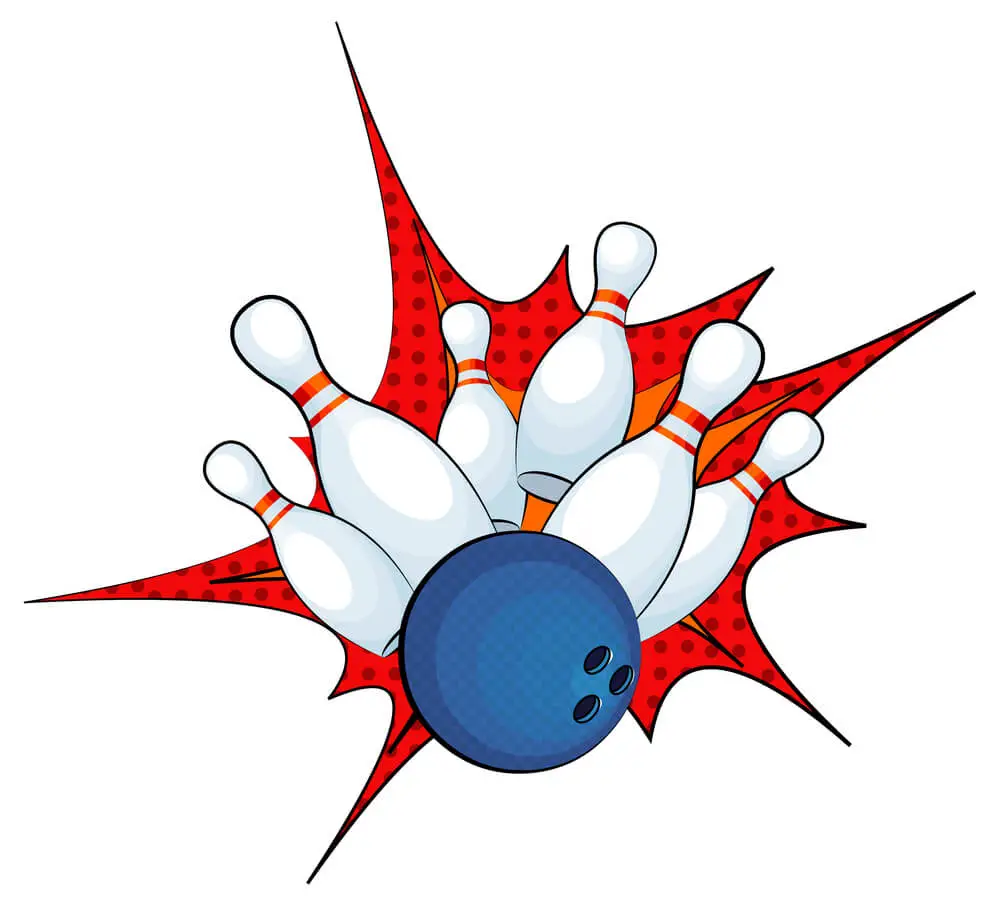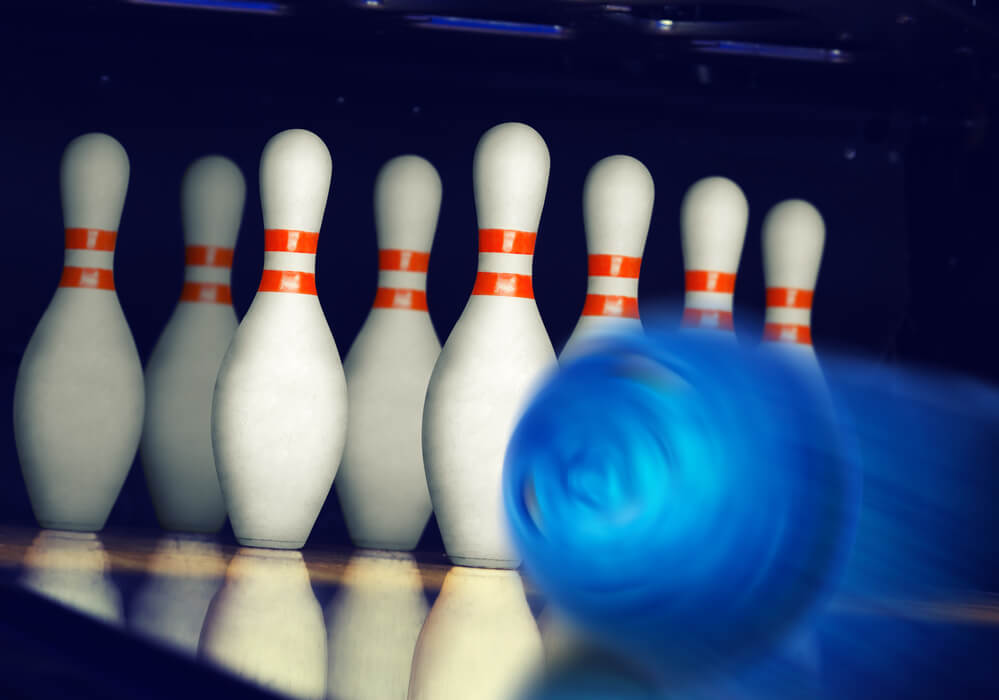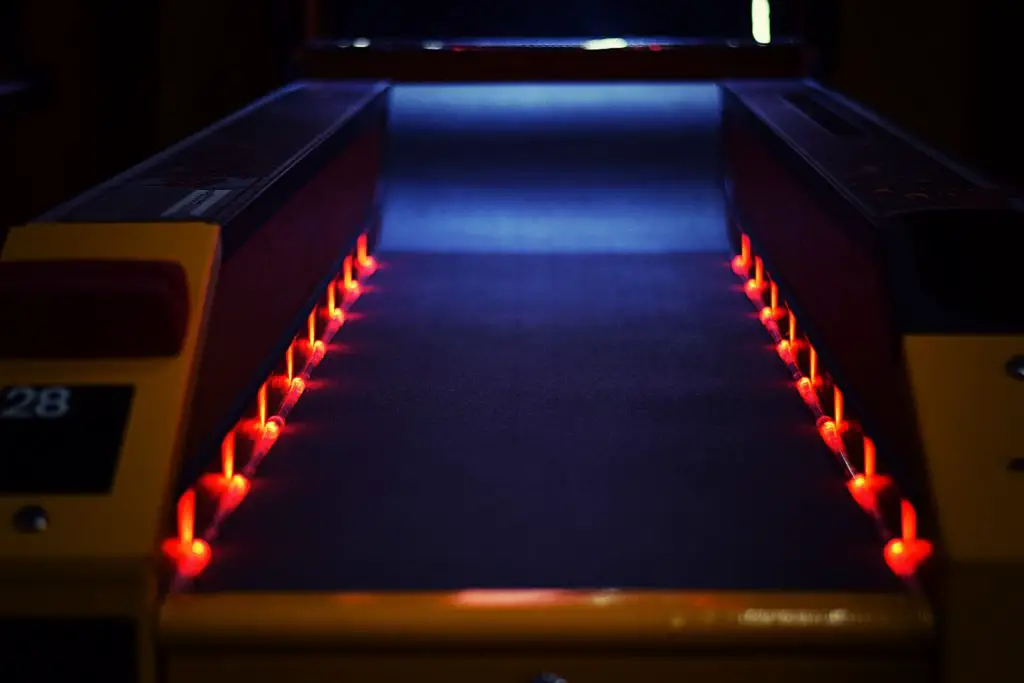If you are a competitive bowling ballplayer, you might feel the urge to increase the speed of your ball for a powerful strike. Contrary to popular opinion, faster might not always be the best option.
Before you try to increase your ball delivery, you must want to know more about different bowling speeds and what is ideal for you.
Bowling ball speed can vary based on a player’s skill level and arm strength. An expert bowler can release a ball up to 22 miles per hour, while an average player’s speed is approx sixteen miles per hour. There is generally a decrease in the ball’s speed as it finally reaches the pins. Other factors that affect ball speed include lane conditions, ball weight, and material.
Undoubtedly, the speed of your bowling ball can make a big difference. Bowling super-fast or super-slow can have their pros and cons. Let’s get to know more!
What Is Average Bowling Speed?
In bowling sport, the speed of the ball is considered an important aspect that can influence your performance. If you throw the ball slowly, you won’t be able to knock down many pins, and if it is too fast, you will end up missing your target.
Thus, the right balance between these two extremes will lead to a better strike rate and hitting power. However, the balling speed can vary from person to person and the player’s skill level.
Professional Bowler Speed:
When professional bowlers play an impactful game, they can reach a ball speed between seventeen to nineteen miles per hour. It is the optimal range for pro bowlers, providing them a better pin-hit score.
The bowling ball escapes the hand at about 20 to 22 miles per hour. The moment it reaches the pins and impacts them, speed drop to 17-19 miles per hour. Going at a faster or slower speed than this will negatively affect the bowler’s performance. As a result, it might cause a drop in pin carry.
Average Bowler Speed:
The bowling speed of an average player is estimated to be around sixteen to seventeen miles per hour. For an average bowler who plays competitively, the bowling speed can go up to 21 miles per hour at the time o release onto the lane. When finally the ball hits the pins, its speed will reach around 16 to seventeen miles per hour.
What Bowling Speed Is better; Fast Or Slow?
There are advantages and disadvantages of both fast and slow bowling ball speed. It comes down to your ability to generate power through an arm swing. It is not constant throughout the lane and is highest at the time of release, gradually decreasing while traveling down the floor.
When you throw a bowling ball with more speed, it will result in a faster shot and give you more pin action. But, it will have a lesser chance of reacting to the lane surface and result in fewer hooks. If you want to try out more tricky shots, you might have to slow down to give the ball a bigger hook.
On the other hand, a slower bowling ball will provide you with a better hook. Also, at the same time, it decreases your pin action. So, it is necessary to stick with a bowling speed that compliments your strength and weaknesses. It is up to you to decide what speed is working more in your favor.
What is The Ideal Bowling Speed To Use?
The ideal bowling speed is said to be around 17 miles per hour. However, it might not be correct for every player. The numbers can vary from individual to individual, and their strength to generate a powerful shot.
According to USBC (United states bowling congress), the optimal bowling speed is about 21 miles per hour at the point of release. When the ball strikes the pins, it declines to 17 miles per hour. Overall, the moment the ball leaves your hand until it finally impacts the pins, the average bowling speed is estimated to be 18 miles per hour.
There is not much difference in the speed of various bowling balls brands. However, ensure to opt for a ball that rolls down slower than 21 miles per hour, as it will give you better control over your shots. Using a much faster ball can be hard to manage and cause more physical exhaustion.
Factors Affecting Bowling Ball Speed:
If you go bowling often, you might have noticed that the ball speed does not remain constant. Several factors can affect your bowling ball’s overall speed. They include the bowler’s skill, the weight and material of the ball, lane conditions, and where you measure the speed on the lane.
The amount of oil applied on the lane surface and the ability of the ball to hook can also determine the speed of your bowling ball. By having these factors in knowledge, you can control your speed and your bowling ball’s average velocity.
Can Bowling Ball Speed Influence Your Throw?
Although bowling ball speed can influence the release slightly, it is not something you should worry about a lot. It is more important to maintain a consistent speed and develop proper swing and throw techniques. If you can throw the ball faster, but, your bowling technique is not polished, it will not benefit you much.
Nevertheless, a bowling speed higher than average is more acceptable than too slow or too fast. Ideally, it is better to deliver your ball in a balanced speed range and use a good bowling technique.
Serious Conclusion:
It is a wrong notion that a higher bowling ball speed is always better. Your game performance depends less on how fast you throw the ball but on maintaining a consistent ball delivery. A bowling ball speed chart will help you determine your ball speed according to your delivery style. Having control of your speed and average ball velocity will help you produce more refined strikes and better pin hits.





